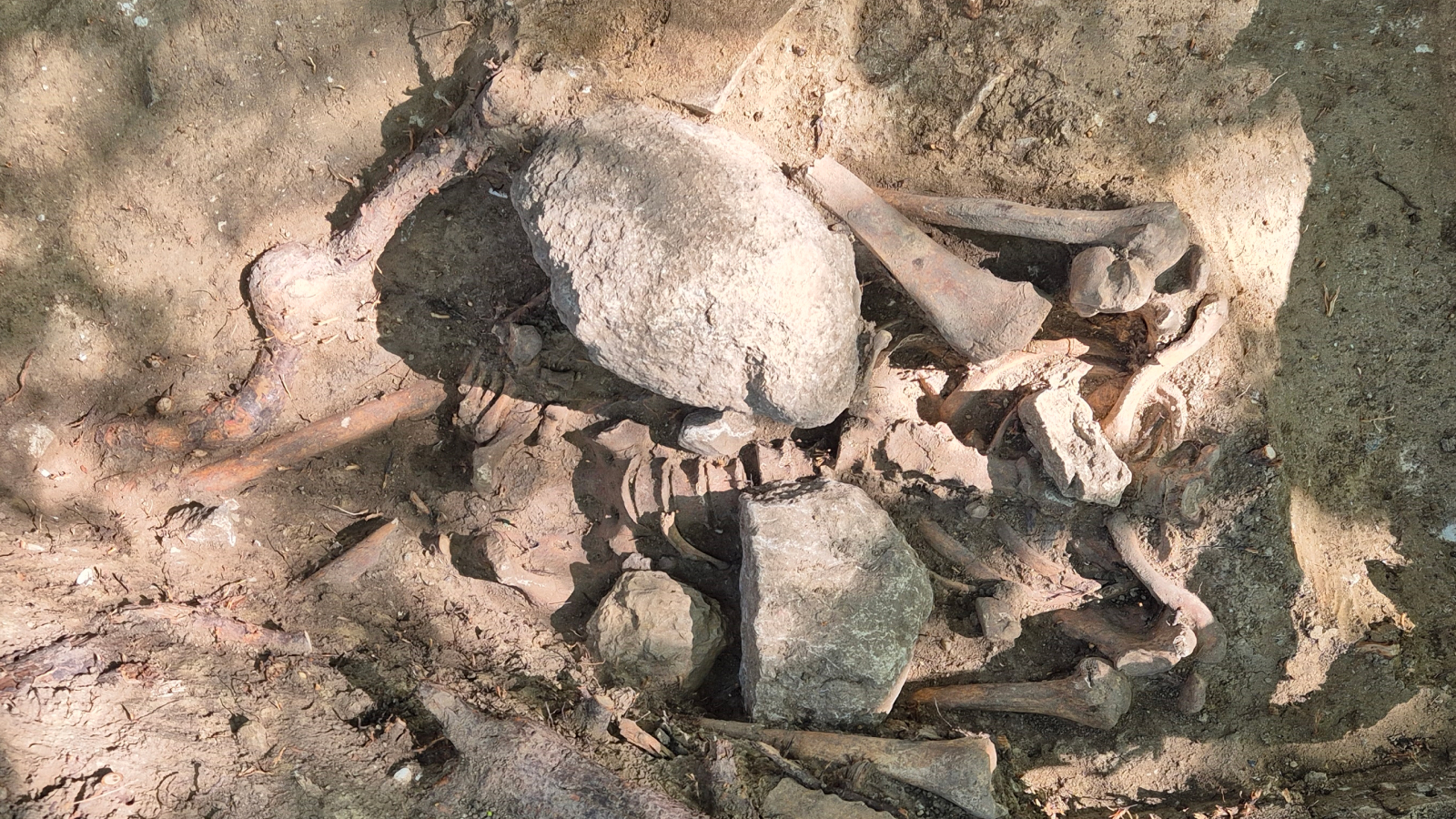Genes, Vol. 14, Pages 696: Genome-Wide Identification and Expression of the Paulownia fortunei MADS-Box Gene Family in Response to Phytoplasma Infection
Genes doi: 10.3390/genes14030696
Authors: Minjie Deng Yang Dong Saisai Xu Shunmou Huang Xiaoqiao Zhai Guoqiang Fan
Paulownia witches’ broom (PaWB), caused by phytoplasmas, is the most devastating infectious disease of Paulownia. Although a few MADS-box transcription factors have been reported to be involved in the formation of PaWB, there has been little investigation into all of the MADS-box gene family in Paulownia. The objective of this study is to identify the MADS-box gene family in Paulownia fortunei on a genome-wide scale and explore their response to PaWB infection. Bioinformatics software were used for identification, characterization, subcellular localization, phylogenetic analysis, the prediction of conserved motifs, gene structures, cis-elements, and protein-protein interaction network construction. The tissue expression profiling of PfMADS-box genes was analyzed by quantitative real-time polymerase chain reaction (qRT-PCR). Transcriptome data and the protein interaction network prediction were combined to screen the genes associated with PaWB formation. We identified 89 MADS-box genes in the P. fortunei genome and categorized them into 14 subfamilies. The comprehensive analysis showed that segment duplication events had significant effects on the evolution of the PfMADS-box gene family; the motif distribution of proteins in the same subfamily are similar; development-related, phytohormone-responsive, and stress-related cis-elements were enriched in the promoter regions. The tissue expression pattern of PfMADS-box genes suggested that they underwent subfunctional differentiation. Three genes, PfMADS3, PfMADS57, and PfMADS87, might be related to the occurrence of PaWB. These results will provide a valuable resource to explore the potential functions of PfMADS-box genes and lay a solid foundation for understanding the roles of PfMADS-box genes in paulownia–phytoplasma interactions.

 1 year ago
32
1 year ago
32


